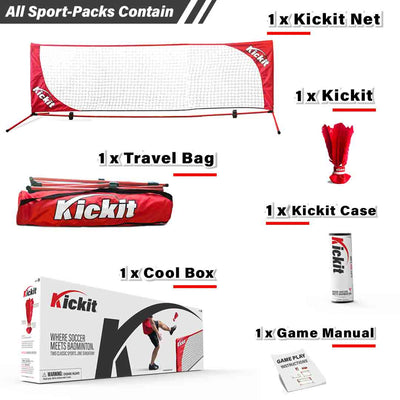

The FA has introduced various new rules ahead of the start of the 2019/20 season. This begs the question, what are the footballing authorities, clubs, players and fans doing to combat discrimination in football? It is the seventh consecutive year that reported incidents of discrimination in football have increased. Meanwhile, reports of faith-based discrimination rose by 75% from 36 instances to 63. Depending on the league, players who get red cards also must sit out the following game.By Jack Blakey on AugPosted in Football, Rules and regulationsĪ report from Kick It Out, the anti-discrimination charity, found that reports of racism in English football rose by 43% last season, from 192 instances to 274. Players who are given a red card cannot be replaced by another player, leaving the team down a player. Red Card: A card signifying ejection from the game it is drawn either by one exceptionally bad action or receiving two yellow cards. Yellow Card: If an action is thought to be flagrant, the player is cautioned and given a yellow card.

Offside: A violation that occurs when an offensive player is positioned behind the last defender and receives a pass from a teammate in front of the defender, as shown below. It involves each team taking five penalty kicks to decide a winner. Penalty shootout: Following a tie, a penalty shootout occurs. The ball is placed 12 yards away from the goal, and only the goalie is allowed to try and stop it. One player from the team that was fouled gets to attempt a penalty kick. Penalty/ Penalty Kick: If a foul occurs in the goalie box, it is called a penalty. Handball: A violation whenever a non-goalie touches the ball with their hand or arm. There is a main referee and two assistant referees. Referee: The person in charge of enforcing the rules of a soccer game. The goalie may use his hands anywhere in the area. Penalty Area: Made up of two boxes, the six and 18-yard boxes. Midfielder: A position in between the defenders and forwards, they specialize in passing and moving the ball toward the goal, from the defensive half of the field to the offensive half.įorward: Soccer’s attacking position, these players are the furthest up the field and are the ones scoring the most goals. Their job is to stop the other team’s forwards from scoring. They are the only players who are allowed to use their hands.ĭefender: A position that is the last line of defense in front of the goalie. Goalie: A position in soccer with the job of guarding the goal. Goal (net): Goal is also a term that refers to the net (which is where you try to score). The goalie can then kick the ball to resume play. Goal Kick: If the offense touches the ball over the end line, the ball is placed at the corner of the six-yard box. Throw in: An overhead throw to resume play after the ball goes out of bounds on either sideline.įree Kick: Anytime there is a foul, the team that was fouled gets to kick a stationary ball to resume play.Ĭorner Kick: If the defense touches the ball over the end line, the offensive team then gets to place the ball in the corner of the field and kick it towards the middle.

Punt: When the goalie drop kicks the ball. Tackle: A player’s attempt to steal the ball from the other team, oftentimes involving a slide.Ĭross: A kick from the side of the field into the middle. Trap: Stopping the ball with your body in order to control it. Volley: When a player kicks the ball while it is in the air. Pass: A ball kicked from teammate to teammate.Īssist: The pass that goes to the player that scores the goal. Shot: Any attempt to kick the ball into the goal. Goal (Score): When the ball is kicked into the net it is a goal, and it counts as one point.

Pitch: Another word for the field a soccer game is being played on. We’ll start by learning about basic lingo used throughout the sport. What comes with its popularity are terms that are specific to the sport. Soccer is a game played all around the world.


 0 kommentar(er)
0 kommentar(er)
